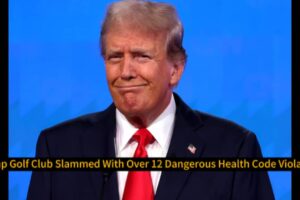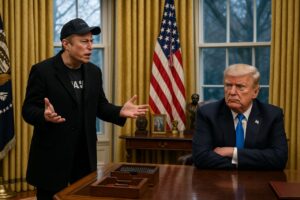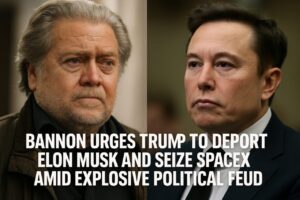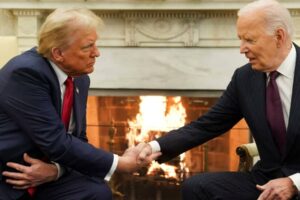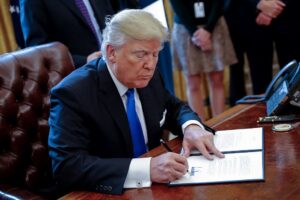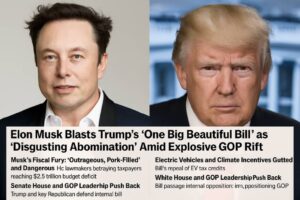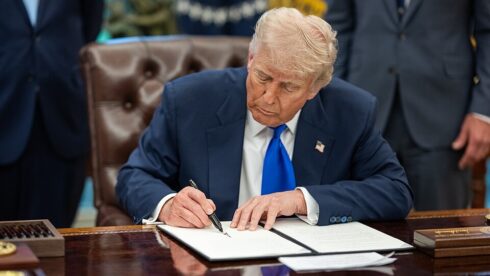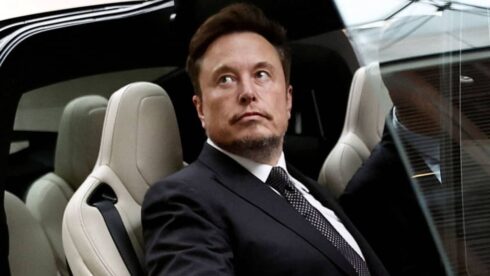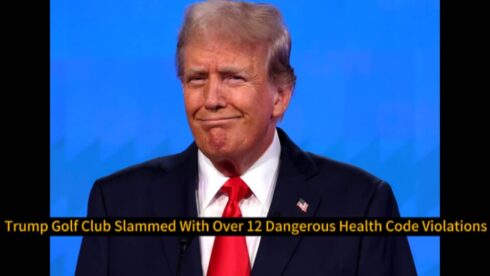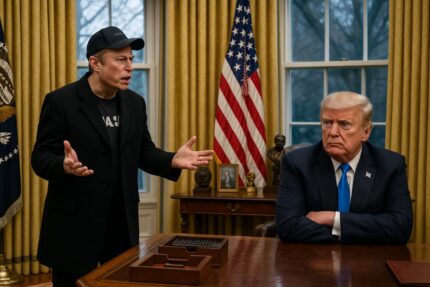President Donald Trump has announced he will sign an executive order aimed at significantly reducing drug prices in the United States by tying the cost of certain medications to the lowest prices paid by other advanced countries. The order, which he said he will sign Monday morning, revives a controversial initiative from his first term that failed to materialize due to legal and procedural challenges.
In a statement posted to his social media platform on Sunday, Trump declared, “I will be instituting a MOST FAVORED NATION’S POLICY whereby the United States will pay the same price as the Nation that pays the lowest price anywhere in the World.” He asserted the policy would reduce Americans’ healthcare costs by “numbers never even thought of before,” framing the move as a step toward fairness and economic relief for U.S. citizens.
The policy, if implemented, would direct the Department of Health and Human Services (HHS) to align Medicare payments for drugs administered in doctors’ offices — such as cancer treatments and injectables — with prices in countries that negotiate lower rates through government health systems.
Policy Revival Faces Familiar Legal and Industry Hurdles
Trump originally attempted to implement the “Most Favored Nation” pricing model during his first term, but was blocked by a court ruling citing procedural errors in the rulemaking process. The Biden administration later shelved the plan entirely, citing both the legal challenges and concerns from healthcare providers and patient advocates.
However, the policy is again expected to face stiff opposition from the powerful pharmaceutical lobby and potential legal barriers. Industry groups have long argued that such a rule would undermine American innovation, reduce profits critical to research and development, and create foreign governments as arbiters of drug value in the U.S. market.
A 2020 court decision halted the implementation of Trump’s earlier executive order, concluding that the Centers for Medicare and Medicaid Services (CMS) had not followed proper administrative procedures. The Biden administration cited similar concerns when formally withdrawing the plan in 2022.
Potential Impacts and Scope of the Trump’s Executive Order
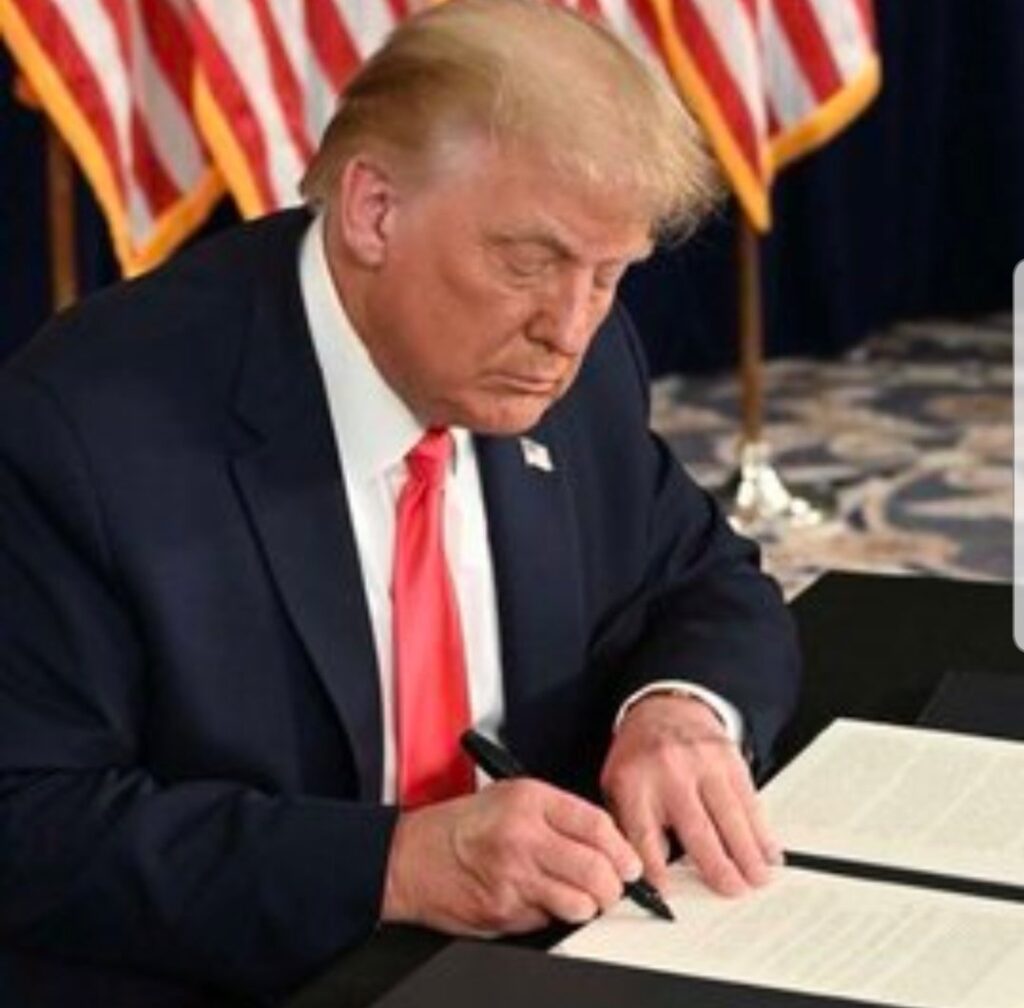
The executive order is expected to apply specifically to drugs covered under Medicare Part B — medications administered in a physician’s office or outpatient setting, including costly infusion therapies. According to a 2021 report by Trump-era HHS officials, the U.S. spends roughly twice as much on these drugs as other wealthy countries. In 2021 alone, Medicare Part B drug expenditures exceeded $33 billion.
However, the policy will not affect the prices of more common prescription drugs filled at pharmacies under Medicare Part D. That leaves out a large segment of drug costs borne by millions of Americans. Moreover, traditional Medicare enrollees face no annual cap on out-of-pocket spending for these medications, making any reduction in drug prices particularly impactful for seniors and those managing chronic conditions.
HHS Secretary Robert F. Kennedy Jr., a recent Trump appointee, has also signaled support for the effort, stating that price remains the biggest barrier to access, particularly for expensive drugs like the diabetes blockbuster Ozempic. He floated the possibility of pilot programs and suggested the government could potentially offer drugs at cost, pending successful negotiations with manufacturers.
Bipartisan Frustration With Drug Prices, but No Lasting Fix
American drug prices — among the highest in the developed world — have long sparked bipartisan outrage. Yet despite numerous proposals over the years, Congress has failed to enact comprehensive legislation to address the issue. Trump’s latest executive order sidesteps the legislative route, relying instead on regulatory and executive authority to implement reforms.
The strategy, however, is not without risk. Any failure to follow the appropriate federal rulemaking process could again render the order vulnerable to legal challenges. Additionally, opponents argue that linking U.S. drug prices to those abroad may result in reduced access to certain therapies or financial strain on smaller healthcare providers.
Still, Trump remains adamant. “Pharmaceutical/Drug Companies would say, for years, that it was Research and Development Costs, and that all of these costs were, and would be, for no reason whatsoever, borne by the ‘suckers’ of America, ALONE,” he posted. He further criticized the industry’s lobbying influence, saying, “Campaign contributions can do wonders, but not with me, and not with the Republican Party. We are going to do the right thing.”
Political Strategy and Economic Implications
The president Trump also claims the policy could save the U.S. government “TRILLIONS OF DOLLARS,” although that figure remains speculative. Independent analysts suggest any savings would depend on the number of drugs included, the speed of implementation, and the outcome of legal and industry pushback.
Even if only partially successful, the order may give Trump a tangible policy win on an issue that resonates widely. As the drug pricing debate will likely remain central to the broader conversation around healthcare reform, economic justice, and government accountability.


